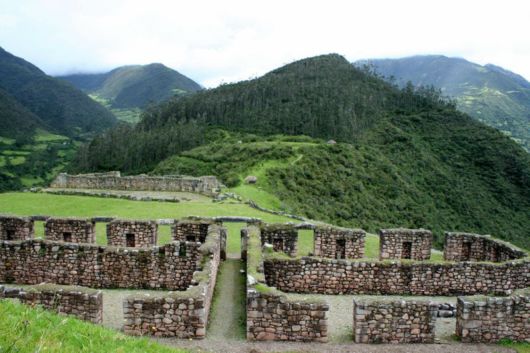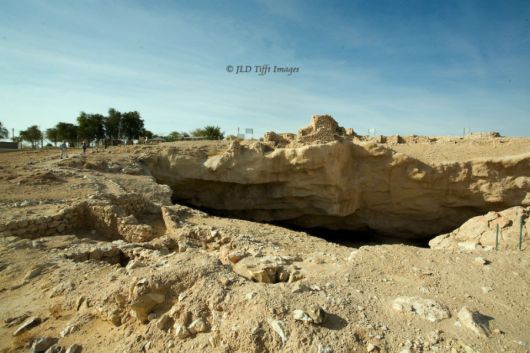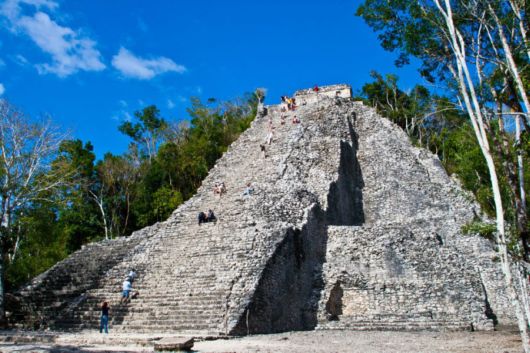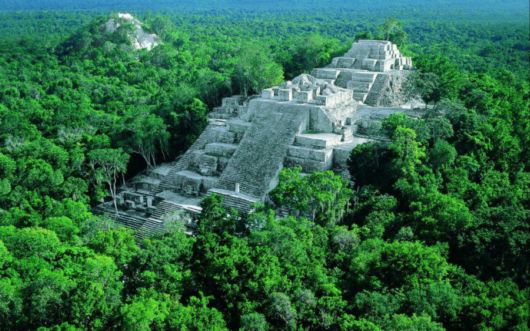|
imran
|
 |
« Reply #6 on: July 05, 2016, 02:05:42 AM » |
|
7. Vilcabamba, Peru

Vilcamba was the last bastion of the Inca. It was founded in 1539 and the Spaniards conquered it in 1572 ushering the end of resistance of the Inca. Vilcabamba was then destroyed and began to be known as the “Lost City of the Incas.” Vilcabamba is located in the jungles along the banks of the Chontabamba River in the south of Peru. The site was rediscovered by three brothers in 1892.
|
|
|
|
|
|
imran
|
 |
« Reply #7 on: July 05, 2016, 02:06:04 AM » |
|
8. Shisr, Oman

The Atlantis of Sand is the legendary city in the Southern Arabian desert, said to be destroyed by a natural calamity or as an act of God. It has various names Iram, Ubar and Wabar. Experts are divided over the identity of the city but the discovery of various artefacts originating from Greece, Rome and Persia imply that Ubar was an important port of call during the ancient times. The desert city was excavated by a team of archaeologists led by Nicholas Clapp including the explorer Sir Ranulph Fiennes. The site is fenced and guarded but excursions can be arranged from the city of Salalah.
|
|
|
|
|
|
imran
|
 |
« Reply #8 on: July 05, 2016, 02:06:20 AM » |
|
9. Coba, Mexico

Coba is an ancient city located in the Yucatan Peninsula in Mexico. The ruins of Coba is popular among the tourists and sees a regular influx of tourists. The enclave of Chichen Itza nets in 8,000 visitors during the peak tourist season. The city was established somewhere around zero and quickly grew to become an influential city during the first millennium AD. Chichen Itza’s rise saw the dimming of its aura and the city was completely abandoned by the time of Spanish arrival. The archeologist began exploration in 1926 but most of the city ruins have not been unearthed.
|
|
|
|
|
|
imran
|
 |
« Reply #9 on: July 05, 2016, 02:06:38 AM » |
|
10. El Tigre, Guatemala

The ruined city has been embraced by the jungle. El Mirador became a powerful center from sixth century BC onwards. It reached its peak from 3rd century BC to 1st century BC. El Mirador predates the Classic period of Maya. El Mirador was first discovered in 1926 but a detailed excavation began in 1978. The majestic El Tigre temple complex does not see much visitors as it is unreachable by road and requires a two-day trekking and sleeping in the hammocks.
|
|
|
|
|
|
 INFORMATION CLUB
INFORMATION CLUB Informative Zone
Informative Zone Places
Places The 10 Cities Of Ancient Civilization Swallowed By The Forests
The 10 Cities Of Ancient Civilization Swallowed By The Forests INFORMATION CLUB
INFORMATION CLUB Informative Zone
Informative Zone Places
Places The 10 Cities Of Ancient Civilization Swallowed By The Forests
The 10 Cities Of Ancient Civilization Swallowed By The Forests
